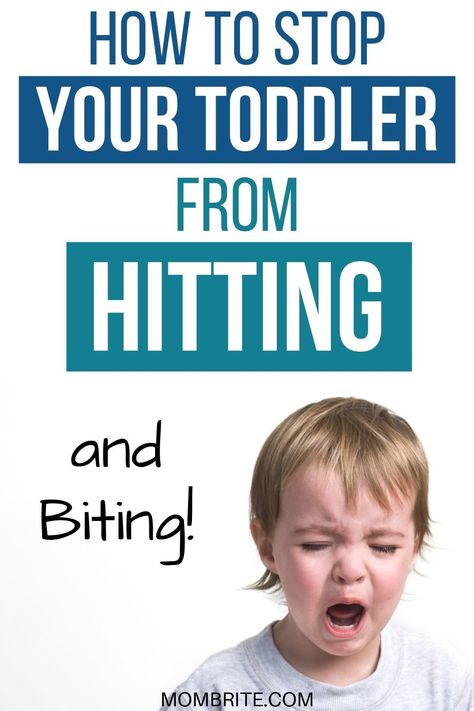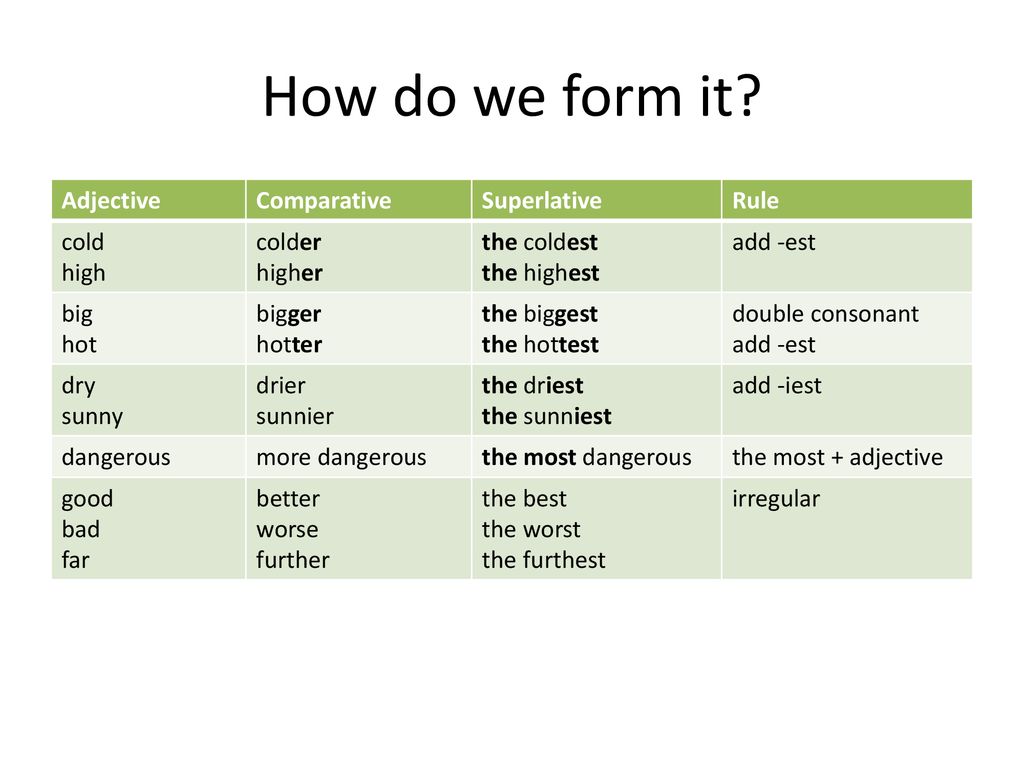How to stop a child from stuttering
Stuttering Exercises For Your Child at Home
“Oh, you should just speak slowly,” “maybe it’s the anxiety getting to you”- children who stutter have heard these suggestions ad nauseam.
Do they help reduce their stutter? No. Does it make them become more conscious of their speech disfluency? Yes!
The truth is anxiety, fear, or shyness do not cause stammering. Children who stutter or stammer may do so more frequently when they have to talk in front of their classmates, new people or unfamiliar situations. However emotions do not precipitate stuttering.
Modern sciences have found multiple mutations on several chromosomes that correspond to stuttering. These mutations can be heritable, although the male population is more susceptible to stuttering than the female population. 60% of the people who stutter have a family history of stuttering.
So, is there anything you can do to help a child who stutters? Well, of course. You can, for instance, help your child practice stuttering exercises at home.
Before we start discussing the top stuttering exercises to help your child, let's understand the basics.
Why Is Stuttering Common Among Preschool-aged Children?In the case of preschool-aged children who stutter (CWS), speech therapy, regular speech exercises and practice can reduce and may even eliminate stuttering. Stuttering is common in children between the ages of 2.5 years and 3 years, when they are acquiring their language skills at an incredible speed. Such stuttering is known as developmental stuttering, and it is common in children; it disappears on its own within a few months.
Many speech therapists recommend waiting and observing a child’s speech if s/he has been stuttering for significantly less than 6 months. If they have been stuttering for more than 6 to 12 months, parents of CWS should seek the help of a speech-language pathologist or speech therapist.
Who Is At A High Risk Of Stuttering?Stuttering or stammering is quite common. According to experts, many children experience stuttering when learning a new language or expanding their vocabulary at a rapid pace. Children outgrow their stammering on their own in many cases, but it might become a lifelong condition for some. High risk factors include –
According to experts, many children experience stuttering when learning a new language or expanding their vocabulary at a rapid pace. Children outgrow their stammering on their own in many cases, but it might become a lifelong condition for some. High risk factors include –
- A family history of stuttering.
- Incidence of stuttering for more than 12 months.
- The child is male. Girls recover faster. A girl who has been stuttering for more than 12 months is at a higher risk of persistent stuttering.
- A child who begins stuttering later (onset after 3.5 years of age) has higher chance of persistent stuttering.
Children on the autism spectrum have a high risk of developing stuttering at an early age. Other disorders and conditions that co-occur with stuttering include ADHD, Tourette’s Syndrome (TS), hearing impairments, central auditory processing disorder, and cerebral palsy.
How Will You Know If Your Child Is Stuttering?Developmental stuttering has a few signs that are hard to miss. These symptoms of stuttering include –
These symptoms of stuttering include –
- Difficulty in starting a word, sentence, or phrase
- Repetition of a syllable, an entire word, or a particular sound
- Breaking of words or undue pausing, and missing syllables
- Prolongation of parts of words or entire words
- Adding sounds like “um” or “uh” at the beginning of the next word
Along with these signs, you can also notice the following –
- Twitching or trembling of the lips and/or jaw
- Tightening of facial muscles
- Clenching fists
- Rapid and abrupt blinking
- Jerking of the head
If a child experiences physical duress while trying to get the words out, it may signify a serious stammering problem. You may also notice their voice changing pitch and rising with each repetition.
These are the signs that you need to take proactive measures to help ease your child’s stuttering instead of waiting for it to ride itself out.
What Should You Do If You Notice Your Child Stuttering?You should seek the help of a speech-language therapist. It might sound intimidating, but speech therapy for children can consist of quite a few simple stammering exercises at home moderated by their parents.
It might sound intimidating, but speech therapy for children can consist of quite a few simple stammering exercises at home moderated by their parents.
In many cases, the SLP takes an indirect approach and talks to the parents and other members of the family.. The stuttering treatment for kids aims at reducing the family’s concern and altering their family-child interactions.
What Are Some Exercises Parents Can Do With Children To Reduce Stuttering?At Stamurai, we are always here, to help you understand speech therapy for stuttering and its implications. Here are some of the most common activities your SLP might ask you to do with your child –
1. Adopting a Slower Rate Of Speech With PausesA slower rate of speech has two purposes –
- It serves as a model for your child. S/he can learn what a more fluent and smoother way of speaking sounds like.
- It makes your child feel less rushed. They realize they can take more time to respond and be more fluent.

Here’s how we sound most of the time while holding a conversation with a fellow fluent adult – “hey, howryoutoday?”
While talking to your child, you might want to talk like this “Heey, How aare yoou today?”
You can also add more pauses to your speech to make it slower, but sound more natural. So, instead of your usual rushed speech, try to…taallk…more like…this. The…slight pauses…throughout your speech…will make you…sound more…relaxed…and calm.
You can also try to stretch the first word of every sentence “aaaaas you play or converse with your child.” Adding the extra stretch to the first word will show your child how to ease into a word and embrace fluency naturally in conversations.
2. Introducing Syllable-Timed SpeechSyllable-timed speech (STS) technique can reduce your child’s stuttering by almost 96% in around 12 months. However, it only works if you practice it with your child every day!
Here’s how you can include syllable-timed speech in your daily conversations with your child –
Speak. like. this. Each. per. iod. rep. re. sents. a. break. in. the. syll. a. bles. of. the. words. in. a. sent. ence.
Children under the age of 6-years can reduce their stuttering by 96% if they practice syllable timed speech for 10 minutes, 4-6 times per day for 12 months.
It might be difficult for you to syllable-time your speech in daily conversations. You can master it easily before you try it with your child by tapping your leg for each syllable.
You can learn more about STS from this video
If you feel weird speaking with syllable-timed speech at first, it’s completely understandable. Keep your voice normal and speak at a normal speed. Simply think of it as adding “finite limits around each syllable” during your daily conversations.
Keep your voice normal and speak at a normal speed. Simply think of it as adding “finite limits around each syllable” during your daily conversations.
A child who stutters, finds it difficult to start a conversation spontaneously. All we need you to do is dial down the demands around speaking.
Research on child psychology shows that asking too many questions can make your child feel stressed or anxious, which can worsen his or her stuttering. So let them share their emotions, knowledge and experiences spontaneously.
Allow your child to take the lead on what they want to discuss, play or watch. Do not finish their sentences or guess what they’re trying to say. Give them the time to finish their own sentences.
Instead of asking them questions, make close-ended comments. For example, instead of asking “hey, what are you playing there?” you can say, “I see you are playing Minecraft.”
Learning comes naturally to children and there’s little reason to believe that not asking enough questions will set his or her learning process back.
Verbal responses are like giving your child feedback on their speech. Since children’s brains have high plasticity (ability to learn new things), they can learn to speak fluently even when you don’t teach your child complex speech therapy techniques.
Here are the five verbal responses you can use while talking to your child –
When they are fluent –
Make sure to praise them. Say “that was great buddy”, “hey, no bumps” and “I’m loving your smooth speech man.”
You can ask them to evaluate their own speech like “do you think that was better than before”, “was that smooth.”
Acknowledge their smooth speech by saying “That was really smooth,” and “smooth again.”
When they are having a bad day or stuttering, you can –
Acknowledge their stutter by saying something like, “that got stuck there a little” or “that was a difficult word.”
You can ask for self-correction. “Can you say that again for me?”
“Can you say that again for me?”
However, not every child reacts positively to comments on their stutter or self-correction. If your child reacts negatively, simply drop it.
Stick to positive verbal responses only. Make sure you give them at least 5 positive responses for every 1 comment on their bumpy speech.
5 Increasing Listening TimeChildren who stutter have trouble expressing themselves. Having a family member lend a listening ear can make a significant difference in the child's attitude towards his or her own speech. Be sure to dedicate some "listening time" each day for your child.
It can be after play school when they have a lot to share about their experiences, or right before the child heads out for their playtime. Quality listening time lets your child know that you “are there” for him or her although you should intentionally make sure not to make suggestions or give instructions, especially on their speech during this time!
Attentive playtime with the child can show significant improvement in a child’s speech.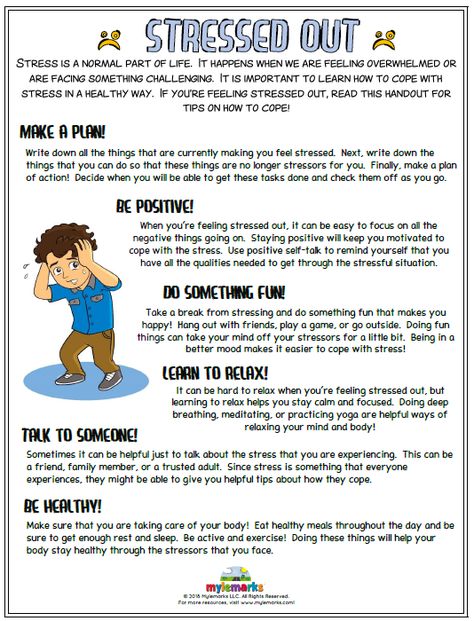 For example, mirroring a child’s expression during the playtime with vocal cues, like sounds of disappointment when the child’s face shows the same emotions can build confidence in the child, in the long run.
For example, mirroring a child’s expression during the playtime with vocal cues, like sounds of disappointment when the child’s face shows the same emotions can build confidence in the child, in the long run.
You should let your child lead you during the interactive playtime which should also be unstructured, spontaneous, and enjoyable for your child.
Wrapping It Up
When your child is showing symptoms of stuttering which includes repetitions, prolongations, and blocks, you should immediately consult a reputed speech therapist. A professional will take into account your child’s predisposition towards stuttering, the severity and suggest stuttering treatment(s) accordingly.
These stuttering exercises are commonly suggested by speech therapists. Practicing them at home can help your child attain more fluency and confidence while sharing their thoughts.
Frequesntly Asked Questions
Does the Drink-through-a-straw technique help a child who stutters?
For several decades different sources have advocated the drink through a straw technique as an exercise for stuttering in children. Sadly, there is no evidence that supports the claim. Currently, there is no published study that shows that drinking through a straw can reduce a child’s stuttering. However, there are several other stuttering exercises like the ones we have discussed above that you can teach your child at home.
However, there are several other stuttering exercises like the ones we have discussed above that you can teach your child at home.
Can the ‘Jaw technique’ help reduce stuttering in children?
The jaw-technique involves opening your mouth as wide as possible and lifting the tip of your tongue towards the roof of your mouth. This exercise may strengthen the jaw and tongue muscles, but it may not contribute to your child’s speech fluency! Fluent speech requires more than strong articulator muscles. Exercising jaw muscles won’t be enough to reduce stuttering in children.
Does parents’ lifestyle affect a child's stuttering?
When your child begins stuttering, it’s only normal to feel worried, helpless and, even, guilty. You may think that you have been too strict with your child or not spent enough time with them which has caused them to stutter. This couldn’t be further from the truth. Stuttering typically clusters in families and there are multiple genetic factors that contribute to the childhood-onset fluency disorder. Sometimes, stress from moving to a new neighborhood, joining a new school, and sudden changes at home like the birth of a new sibling may trigger stuttering in already predisposed children. However, it is highly unlikely that your lifestyle has caused your child’s stuttering.
Sometimes, stress from moving to a new neighborhood, joining a new school, and sudden changes at home like the birth of a new sibling may trigger stuttering in already predisposed children. However, it is highly unlikely that your lifestyle has caused your child’s stuttering.
Should family members avoid stuttering in front of a child who stutters?
Stuttering is a fluency disorder that sometimes clusters in families. This shows that stuttering has a hereditary (genetic) component. However, if you stutter, there is no guarantee that your child will stutter as well. If you are an adult who stutters, you should not feel the pressure to hide your stuttering in front of your child. Children cannot acquire speech disfluencies by watching or mimicking a family member who stutters. In fact, you should speak confidently without hiding your stutter to send the message that your child can speak without shame and embarrassment, even if they stutter.
How soon can your child learn to manage his stuttering with speech therapy exercises?
When a child begins to stutter, the parents should think about consulting a speech-language pathologist (SLP) as soon as possible. Early intervention improves the chances of the child overcoming stuttering. Early-onset stuttering may show up when the child is as young as 22 months. You can seek help from a speech therapist as soon as your child is around 3 years old if they are showing signs of stuttering. SLPs do not recommend speech exercises for very young, preschool-aged children since it hinders the natural development of language. There are no firm guidelines on the appropriate age for beginning stuttering therapy. SLPs typically recommend beginning it within the first 6 to 12 months after you notice the signs of stuttering. Indirect speech therapy like the Lidcombe Program is particularly effective in helping the parents apply verbal positive reinforcements that can help reduce stuttering in young children.
Early intervention improves the chances of the child overcoming stuttering. Early-onset stuttering may show up when the child is as young as 22 months. You can seek help from a speech therapist as soon as your child is around 3 years old if they are showing signs of stuttering. SLPs do not recommend speech exercises for very young, preschool-aged children since it hinders the natural development of language. There are no firm guidelines on the appropriate age for beginning stuttering therapy. SLPs typically recommend beginning it within the first 6 to 12 months after you notice the signs of stuttering. Indirect speech therapy like the Lidcombe Program is particularly effective in helping the parents apply verbal positive reinforcements that can help reduce stuttering in young children.
Can you treat a stuttering child at home?
It is indeed possible to guide your child and help them with stuttering exercises at home. However, it is advisable to seek the counsel of a speech-language pathologist (SLP) or speech therapist for assessing your child’s progress. Simply helping a child who stutters and teaching them the exercises isn’t enough. You should be able to quantify their improvement with every passing month. An SLP can teach you how to measure the severity and rate of stuttering, plan the exercise and activities for maximum positive results, and provide the updated information on stuttering therapy that your child may need.
Simply helping a child who stutters and teaching them the exercises isn’t enough. You should be able to quantify their improvement with every passing month. An SLP can teach you how to measure the severity and rate of stuttering, plan the exercise and activities for maximum positive results, and provide the updated information on stuttering therapy that your child may need.
How to help a stuttering child at home?
To help a stuttering child at home, begin by asking fewer questions. Always take time to listen to them and don’t finish their sentences. Try to speak to them slowly and don’t rush them when they are trying to respond to you. If your child is old enough to understand that their speech is different from that of their peers, learn about stuttering and tell them the facts. Educating your child about stuttering is one way to empower them.
Preschool stuttering – what can parents do?
Stuttering in preschoolers is more common than you think. If your preschool-aged child begins showing signs and symptoms of stuttering, you can help them by slowing the rate of your speech.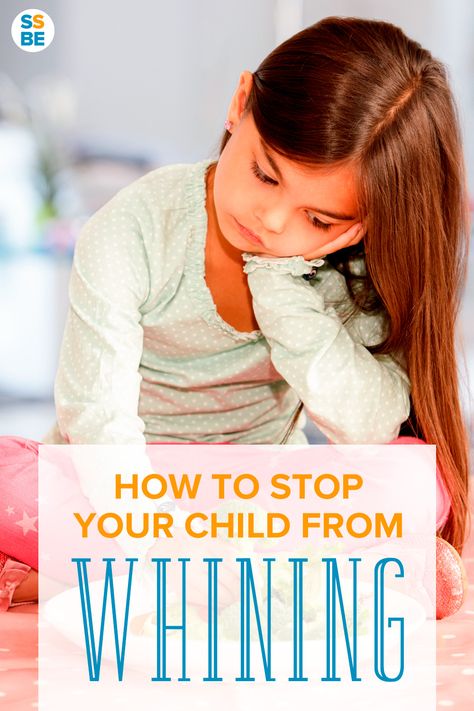 Try to ask them fewer questions. When they talk to you, try to listen with undivided attention. If they are struggling with a word or phrase, don’t complete it for them. Instead, you can politely ask them to repeat it once for you. Always use positive reinforcement and refrain from scolding, criticizing, and comparing their speech with their peers. You should always consult a speech-language pathologist (SLP) when you notice your child stuttering.
Try to ask them fewer questions. When they talk to you, try to listen with undivided attention. If they are struggling with a word or phrase, don’t complete it for them. Instead, you can politely ask them to repeat it once for you. Always use positive reinforcement and refrain from scolding, criticizing, and comparing their speech with their peers. You should always consult a speech-language pathologist (SLP) when you notice your child stuttering.
Stamurai has been used by more than 50,000 people from over 190 countries.
Here’s How to Help Your Child Overcome Stuttering
By Stephanie Thurrott , Contributing Writer
May 04, 2022
Better Me
If your child stutters, it can be so frustrating for them to try to communicate, and difficult for you to watch them struggle to say what they’re thinking. You may wonder what’s causing your child to battle with stuttering.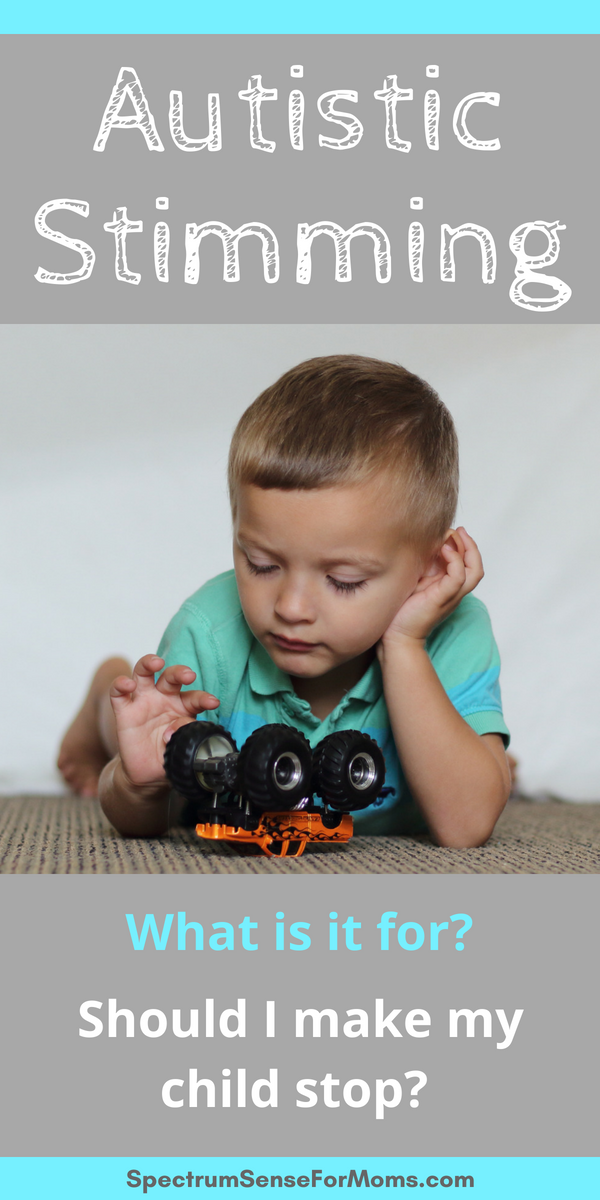
“Stuttering is poorly understood,” said Tamara Zach, MD, a pediatric neurologist with Banner Children’s Specialists Neurology Clinic in Glendale. “It occurs in children who are still learning to speak, and some experts think children stutter when their language abilities don’t meet their verbal demands.”
Here’s what could put your child at higher risk of stuttering
Children are most likely to stutter between 2 and 6 years old. “That’s when they are attaining language skills,” Dr. Zach said. Boys are two to three times more likely to stutter than girls. Stuttering can run in families, so genetics also play a role.
Here’s when you should seek help for your child’s stuttering
Most children outgrow stuttering, but professional care can help. “Getting help earlier is better, especially if your child has other developmental difficulties,” Dr. Zach said. Talk to an expert if your child’s stuttering causes frustration or keeps them from speaking up in school or in social situations. Stuttering that lasts longer than six months could become a lifelong problem.
Stuttering that lasts longer than six months could become a lifelong problem.
Even if it’s likely that your child will outgrow stuttering, treatment is still important. That’s because it can cause delays in learning and developing social skills. Younger children who have a hard time expressing themselves can become irritable and aggressive. “I have seen many kids start banging their heads due to speech delays,” Dr. Zach said. In older children, stuttering can lead to self-esteem issues, social phobias, anxiety and bullying.
Here’s how experts can treat stuttering
A therapist can help your child learn to minimize stuttering by teaching them to speak slowly and to regulate their breathing. Over time your child can move on from single-syllable words to longer words and sentences.
Sometimes, medications that treat epilepsy, depression and anxiety can be used in addition to therapy to help treat stuttering. They are typically only used short term.
Researchers are evaluating the changes that occur in the brain when people stutter and investigating whether electronic devices placed in the ear could help.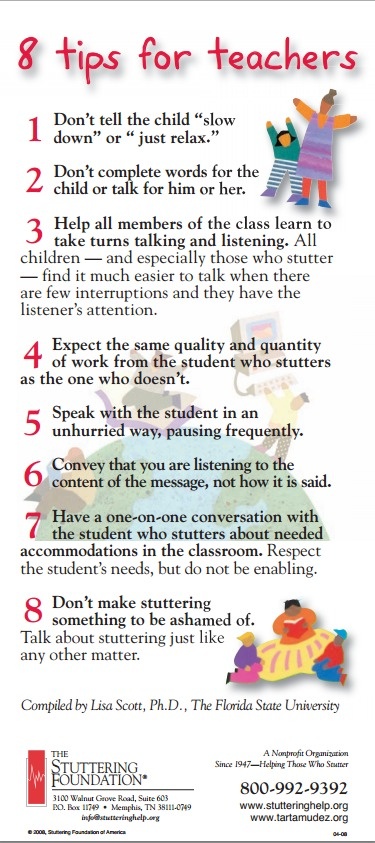 They are also designing computer programs that can help a person who stutters identify speech patterns that cause stuttering and speech patterns that minimize it.
They are also designing computer programs that can help a person who stutters identify speech patterns that cause stuttering and speech patterns that minimize it.
Here’s how parents can help
Therapists can teach parents strategies that can help their child overcome stuttering. “A combination of home practice and therapy works best,” Dr. Zach said. Parents can:
- Provide a relaxed and supportive home environment
- Take time to listen to the child and to focus on their message
- Speak slowly to their child
- Let the child talk without completing their sentences
- Help their child understand that they can communicate even when they are stuttering
- Be open and accepting
The bottom line
Stuttering in young children is common, and many children outgrow it. But treatment can help ease frustration and improve communication. If you would like to talk to a health care professional about your child’s stuttering, Banner Health can help.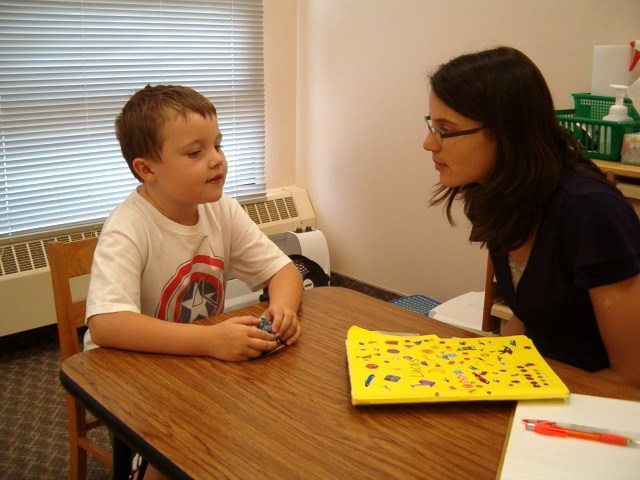
Other useful articles
- Birth to 5 Years: Updates to Your Child’s Developmental Milestones
- Does My Child Need Speech Therapy?
- Tongue-Tie: What Is It and How Is It Treated?
Children's Health
Join the Conversation
what to do in order not to stutter
Articles
- Home
- Articles
- Features of the treatment of stuttering in adulthood.
- How to cure stuttering yourself
We have been helping children and adults for over 25 years
Stuttering is not only a lack of speech, but an etiopathogenetic and clinically complex painful process that develops in most cases in early childhood and, for many reasons, undergoes various changes over many years, and sometimes throughout the life of the patient. nine0003
nine0003
It is better to treat stuttering in childhood, when the first symptoms appear, without allowing them to gain a foothold. Often success in treatment depends on the timeliness of treatment. And if the parents of a stuttering child do not hope for a “miracle” and the possibility that all the hesitation that has arisen is accidental and they will “resolve” on their own, there is a chance to save the child’s speech.
Seek help from your doctor if:
- - the child began to repeat a sound or a syllable, even a repetition of words may appear; nine0007
- - you heard long vowels at the beginning or end of a sentence;
- - pauses in the child's speech became longer;
- - there were situations where the child refuses to speak;
- - the formed phrasal speech was shortened;
- - there is a syndrome of "forgetting" already existing words.
At risk are children whose parents or parent stutter or have stammered.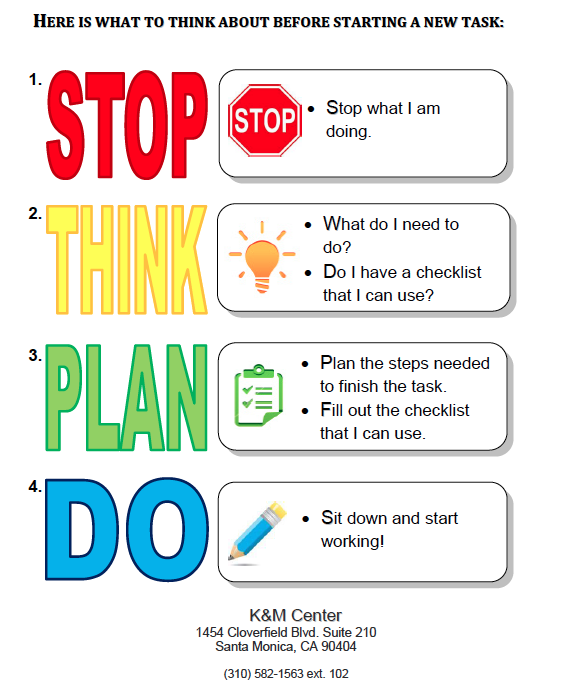 To cure stuttering in such children is a longer process, even with timely seeking help. nine0003
To cure stuttering in such children is a longer process, even with timely seeking help. nine0003
The presence of visible changes in speech is not always an indicator of the severity of the disease. After all, it is not the speech that needs to be treated, but the person. For children, the question is more about corrective measures that combine medical and pedagogical assistance. With timely treatment, as a rule, there is no need to prescribe serious drugs.
How to recover and not stutter if there is no way to show the child to a qualified specialist? First of all, do not be afraid and do not panic! Try to talk to your child slowly and less emotionally, normalize the stammering child's wakefulness and sleep patterns. Remember: these are supportive measures that will help alleviate the symptoms, not cure the child. Having gained time, select a specialized clinic and show the child to the doctor. nine0003
Healing from stuttering is possible at any age. In an adult stuttering person, the persistence of speech symptoms will be much greater, but a conscious attitude towards stuttering will make it possible to achieve a result in treatment.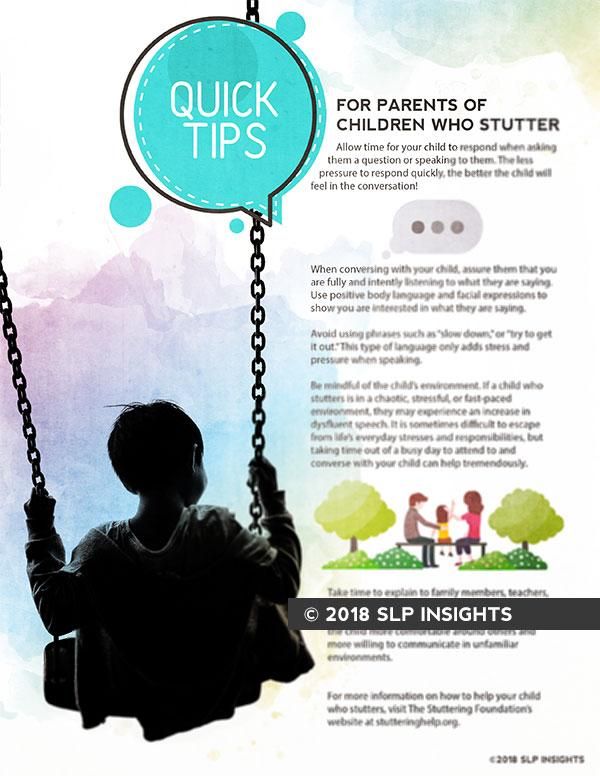 The treatment regimen in adults differs markedly from the treatment of stuttering children, as it is aggravated by secondary symptoms that are not observed in babies:
The treatment regimen in adults differs markedly from the treatment of stuttering children, as it is aggravated by secondary symptoms that are not observed in babies:
- - logophobia
- - vegetative-vascular symptoms nine0026 - personal and psychological characteristics
Stuttering can be treated at any age if you get to a qualified and experienced specialist. Remember that STAuttering is a polymorphic disease state in which convulsive speech disorders are only an external symptom.
Appointment for a consultation
0003
8 (812) 244-98-27
Stuttering treatment programs at the Speech Development Center
Children
and a speech pathologist and psychotherapist. In this case, it will be possible to get rid of stuttering faster and without the use of medicines.
Learn more
Schoolchildren
Correction of stuttering in schoolchildren, students in elementary grades, will rely on speech "exercises", the pronunciation of vowels and their combinations with consonants, practicing simple texts in motion.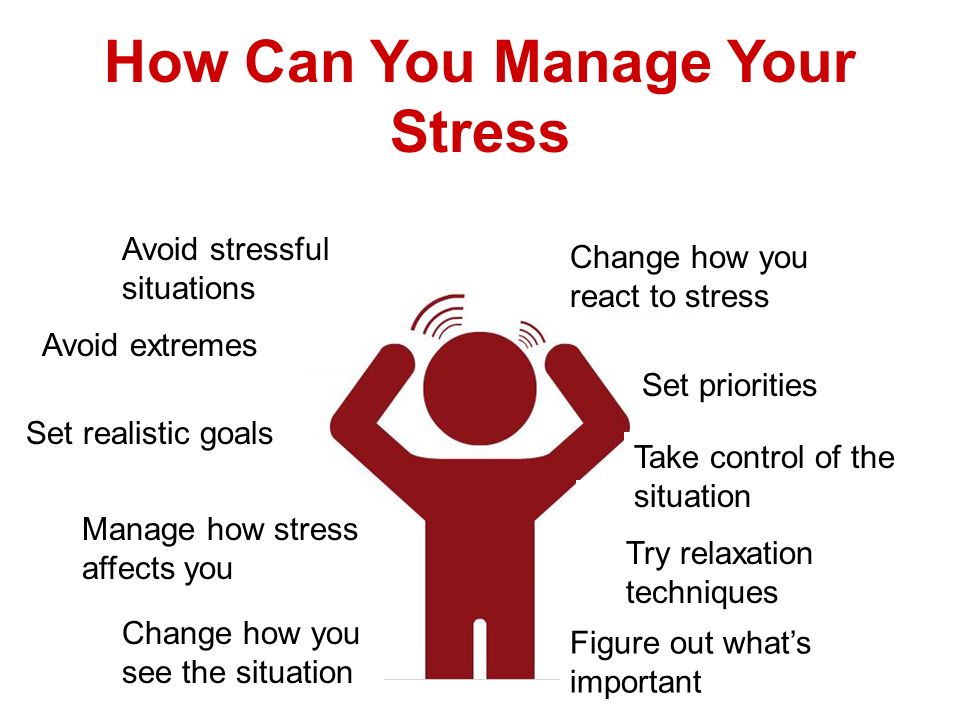 nine0003
nine0003
Learn more
Adults
psychological stress during communication. Treating adult stuttering is a long process and requires patience.
Learn more
Online course
The author's method offered on the online platform, developed by specialists in the speech rehabilitation center, has been successfully used for more than 25 years in the treatment of stuttering. Thanks to this course, it is no longer necessary to visit the Speech Development Center in St. Petersburg in person - with proper implementation of the recommendations of specialists, complete relief from stuttering is available anywhere in the country and even the world. nine0003
Learn more
Reviews about us
May be useful
Such different stuttering: types, types and forms of stuttering
Most people can confidently say that they know what stuttering is.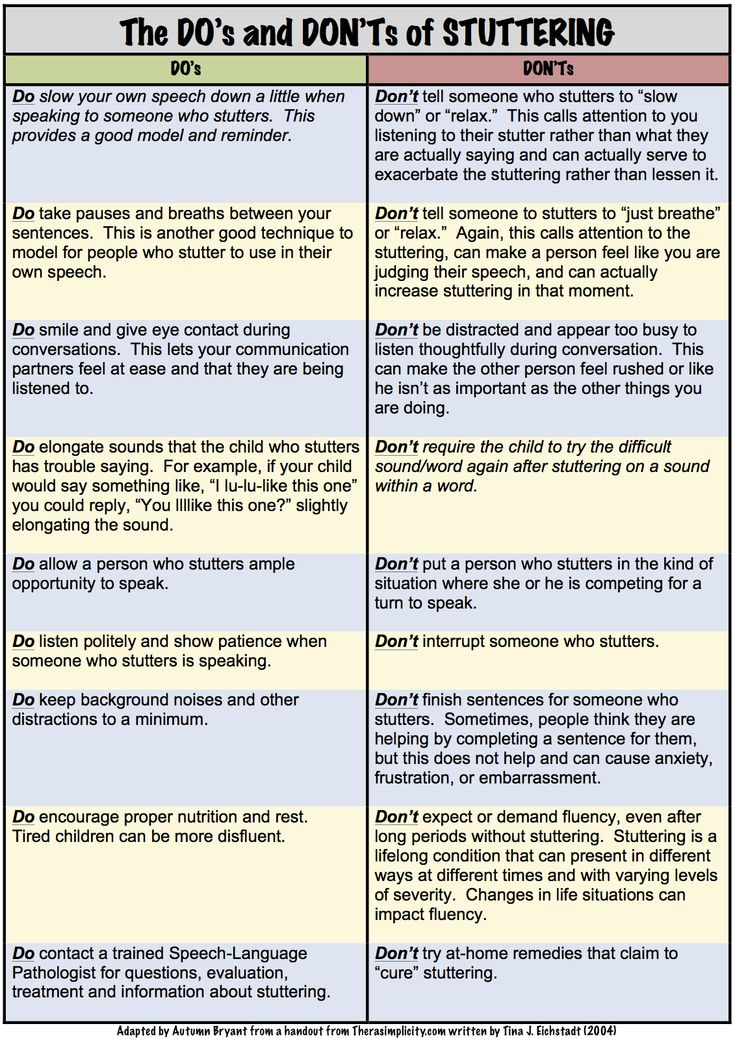 It is difficult not to notice it in a person who repeats sounds or syllables, finds it difficult to start speaking, while straining the muscles of the face and neck.
It is difficult not to notice it in a person who repeats sounds or syllables, finds it difficult to start speaking, while straining the muscles of the face and neck.
Who treats stuttering and which doctor to contact nine0060
Stuttering can bring a lot of trouble to both children and adults. It can be difficult for stuttering kids to get comfortable in a team, they begin to be ashamed of their peculiarities, grow insecure and withdrawn. As an adult, stuttering can become an obstacle to a career or a happy personal life.
Return to the list
Stuttering in children: causes and treatment
Stuttering today affects about 4% of children and 2% of adults. This pathology can occur for a variety of reasons, be congenital or acquired. Often, stuttering provokes problems in communication, slows down the development of the child, stimulates complexes. At the same time, some people live with this disorder all their lives, embarrassed to turn to specialists.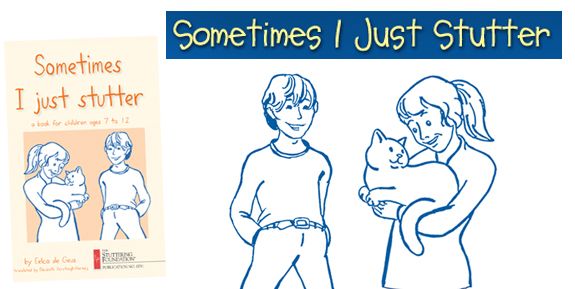 nine0003
nine0003
In fact, stuttering is successfully treated. This is also proved by the doctors of MEDSI clinics, who use both traditional and innovative methods of therapy. You only need to contact specialists as soon as possible, who will select the appropriate method for correcting speech impairment.
What is stuttering?
Stuttering (logoneurosis) is a common speech disorder. It manifests itself in the frequent repetition of both individual sounds or syllables, and whole words. In some cases, the patient does not repeat sounds, syllables or words, but lengthens them. Stuttering can also be manifested by frequent stops of speech, its “indecision”. A person experiences difficulties with a sudden disruption of the coordinated work of speech organs and centers during speech. The problem is provoked by convulsions that occur both in the muscles involved in the formation of sounds and in the respiratory ones. For this reason, many patients suffer not only directly from stuttering, but also from breathing disorders.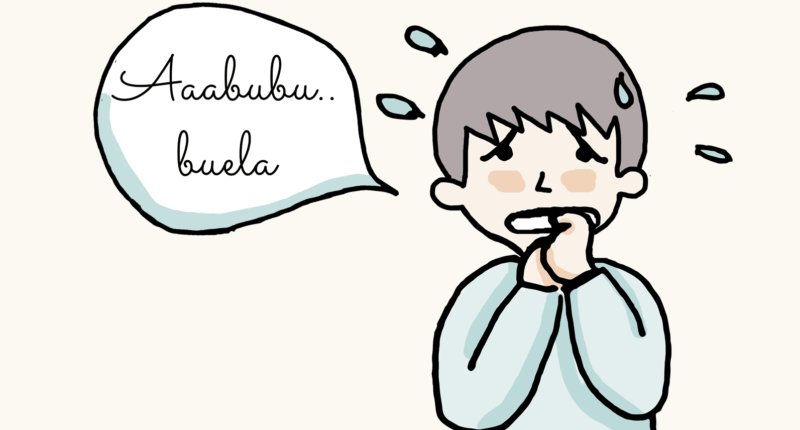 Patients complain of a sudden feeling of lack of air. nine0003
Patients complain of a sudden feeling of lack of air. nine0003
As a rule, the patient begins to stutter on consonants, much less often on vowels and in the middle of speech.
The mechanism of pathology is still not precisely defined. At the same time, as already noted, stuttering is successfully treated.
Causes
Stuttering can occur for external and internal reasons.
Congenital factors in the development of a defect include:
- Pathologies during gestation (oxygen starvation, infectious processes, etc.)
- Problems during the birth period (trauma, early birth, etc.)
- Genetic predisposition
- Individual personality traits (increased nervousness and excitability)
Acquired stuttering is provoked by:
- Psychological trauma (loss of parents, accident, lack of attention, etc.)
- Physiological processes. Stuttering in children can go away on its own if speech impairment is associated with a special development of the cerebral hemispheres up to the age of 5 and their insufficient maturation
- Past pathologies (meningitis, for example)
- Injuries (ranging from minor bruises to severe concussions)
Some children have a "false stutter". It is not a pathology, but consists in a child simply copying the behavior of adults. If mom or dad stutters, the child wants to be like them and adopts a special “pattern of speech”.
It is not a pathology, but consists in a child simply copying the behavior of adults. If mom or dad stutters, the child wants to be like them and adopts a special “pattern of speech”.
Main signs of stuttering
The main symptoms of pathology include: nine0003
- Spasms of the vocal apparatus when pronouncing sounds
- Long pauses between sounds
- Syllabic-sound repetitions
There are additional signs of stuttering.
These include:
- Aggression
- Nervousness
- Tearfulness
- Closure
- Rejection of free communication
Some children develop nervous tics and other pathologies of the nervous system against the background of stuttering. Often, kids become isolated, afraid of becoming an object of ridicule, refuse to attend kindergarten, go to playgrounds. nine0003
In some cases, with pathology, children suffer from:
- Insomnia
- Appetite disorders
- Problems in the functioning of the gastrointestinal tract
In neglected situations, social phobia develops, bedwetting manifests itself. It is important for parents to understand that stuttering does not always go away on its own, and the sooner you see a doctor, the less serious and dangerous the consequences of the pathology will be. nine0003
It is important for parents to understand that stuttering does not always go away on its own, and the sooner you see a doctor, the less serious and dangerous the consequences of the pathology will be. nine0003
If the defect is not corrected, it can cause:
- Difficulties in communicating with peers
- Developmental delays
- Problems in getting a job as an adult
- Closed formations, etc.
Types of stuttering
Depending on the cause, the following types of defect are distinguished:
- Pathological. Such a defect is congenital in nature and is usually associated with genetics
- Neurotic. Stuttering in this case is provoked by injuries, diseases or severe fright
Depending on the manifestations, the following forms of pathology are distinguished:
- Tonic. This pathology is characterized by long pauses in words and stretching of vowels
- Clonic. With such a stutter, a person cannot pronounce individual letters or entire syllables
- Combined.
 This pathology is the most difficult, as it combines the symptoms of clonic and tonic types
This pathology is the most difficult, as it combines the symptoms of clonic and tonic types
Depending on the constancy of symptoms, stuttering is distinguished:
- Stable. It is also called habitual. Pathology manifests itself constantly
- Unstable. Such stuttering occurs only with stress or increased emotionality
- Cyclic. This pathology is characterized by periods of "rest", when the patient speaks freely
Tactics of parental behavior in case of stuttering in a child
To determine why stuttering occurred in children (reasons), and the doctor should carry out the treatment! But parents always play an important role in the success of eliminating pathology.
How to behave properly for mothers and fathers of babies suffering from a defect?
- Reduce any emotional stress on the child. Protect your baby from listening to loud music, aggressive games, long-term TV viewing
- Teach your child to listen to calm classical music
- Play with the baby, read good stories to him, tell him about all the positive emotions received
- Supervise the child's rest.
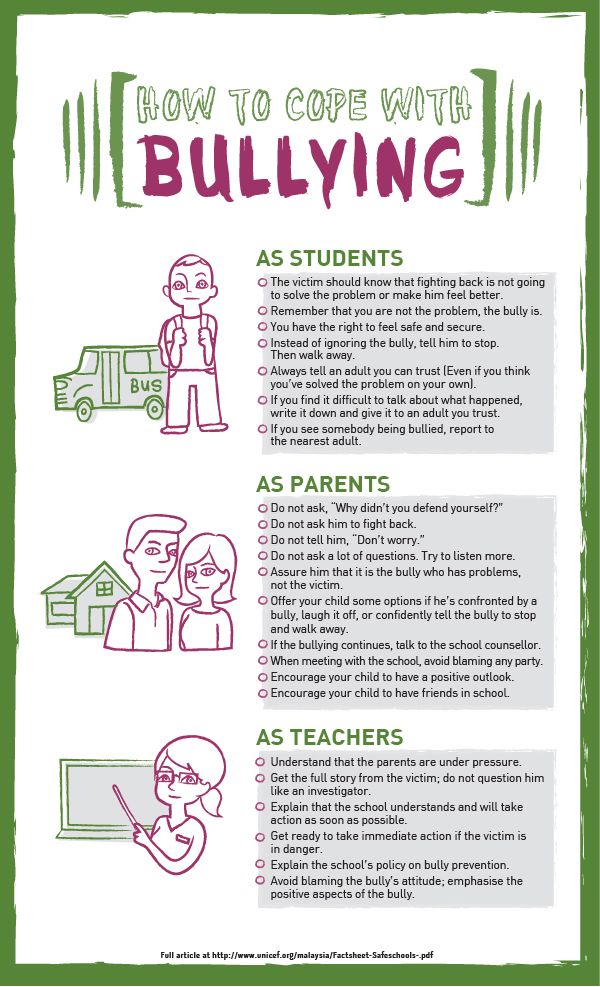 Follow the routine. Be sure to take walks, go to nature, do gymnastics
Follow the routine. Be sure to take walks, go to nature, do gymnastics
Throughout the treatment of pathology, it is important to provide the child with a friendly environment. Do not criticize and scold the baby if he still has a defect. On the contrary, it is important to encourage even the fact that the child has started treatment, is carried away by it, and is not afraid to visit a doctor. nine0003
Important! A positive environment should also be maintained when the main course of therapy is completed. Only in this case it is possible to achieve a significant reduction in the risks that the child will again begin to stutter in stressful situations or constantly.
Treatment of stuttering
Treatment of speech pathology is always carried out in a complex manner.
Basic defect correction
Children are treated by speech pathologists. It is these doctors who make up the correctional program. It is developed individually, taking into account the true causes of the pathology, the age of the child, his social environment and other factors. nine0003
nine0003
Modern corrective techniques are based on the normalization of breathing and control of the rate of speech. Classes with children are held in a pleasant, non-burdensome game form. Usually, together with the child, the doctor reads and memorizes poems, sings songs, and trains the speech apparatus in other ways.
Additional corrective techniques
These include:
- Massage aimed at improving blood circulation and general relaxation. A course of 10-15 sessions allows you to relieve spasms and achieve complete relaxation
- Breathing gymnastics, which is aimed at the formation of proper breathing. You can do both in a clinic under the guidance of a physiotherapist, and on your own, at home, having previously mastered all the exercises
- Hypnosis. This technique is used to treat stuttering in children and adolescents aged 10 to 18 years
Medical treatment
Such therapy is relevant if the baby's stuttering is provoked by a stressful situation.